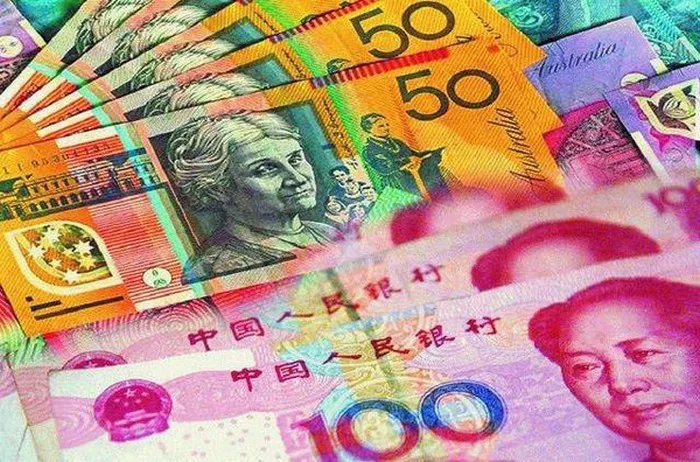The Australian dollar (AUD) and the United States dollar (USD) are two of the most popular currencies in the world. They are used for international trade, investment, and tourism. However, many people wonder whether these two currencies are the same or if there are any significant differences between them. In this article, we will discuss the similarities and differences between the AUD and USD.
History of the AUD and USD
The AUD was introduced in 1966, replacing the Australian pound. The currency was pegged to the British pound until 1983 when it was floated on the foreign exchange market. Since then, its value has been determined by supply and demand factors. The USD, on the other hand, has a long history dating back to the late 18th century. It was officially adopted as the currency of the United States in 1792. Over time, the USD has become the dominant reserve currency in the world.
Exchange Rate
The exchange rate is the value of one currency compared to another. The AUD/USD exchange rate is the value of one Australian dollar compared to one US dollar. The exchange rate can fluctuate depending on various factors such as economic performance, political stability, and interest rates. As of June 2023, the AUD/USD exchange rate is approximately 0.76, meaning that one US dollar is equal to 0.76 Australian dollars.
Purchasing Power Parity (PPP)
Purchasing power parity (PPP) is an economic theory that suggests that the exchange rate between two currencies should be equal to the ratio of the prices of a basket of goods and services in each country. In other words, if the price of a basket of goods and services in Australia is higher than in the US, then the AUD should be worth less than the USD, and vice versa. According to PPP, the AUD is undervalued relative to the USD, meaning that goods and services in Australia are cheaper than in the US.
Interest Rates
Interest rates are another factor that affects the exchange rate between two currencies. Generally, higher interest rates attract foreign investors and increase demand for a currency, causing its value to appreciate. In Australia, the Reserve Bank of Australia (RBA) sets the official cash rate, which influences interest rates in the economy. In the US, the Federal Reserve sets the federal funds rate, which similarly affects interest rates. As of June 2023, the RBA’s cash rate is 0.1%, while the Federal Reserve’s target range for the federal funds rate is 0.25-0.50%. Therefore, the US has higher interest rates than Australia, which may make the USD more attractive to investors.
Economic Performance
Another important factor that affects exchange rates is economic performance. A country with strong economic growth, low inflation, and a stable political environment is more likely to attract investment and increase demand for its currency. In recent years, both Australia and the US have experienced steady but moderate economic growth, with unemployment rates hovering around 5%. However, the US has a larger economy and more diversified industries, which may make it more attractive to foreign investors.
Trade Relations
Trade relations between countries can also affect exchange rates. The US and Australia have a strong trading relationship, with the US being Australia’s third-largest trading partner after China and Japan. In 2020, the two countries traded over $66 billion worth of goods and services. Trade surpluses or deficits can impact exchange rates by affecting demand for a country’s currency.
Can US dollars be used in Australia?
No, US dollars are not generally accepted as legal tender in Australia. Australian currency is the Australian dollar (AUD), and it is recommended that you exchange your US dollars for AUD before traveling to Australia. Many banks and exchange offices offer foreign exchange services for this purpose. Alternatively, you may also be able to use a credit card or debit card to withdraw Australian dollars from ATMs in Australia, though you should check with your bank about any associated fees or charges.
Conclusion
In conclusion, while the AUD and USD are similar in many ways, there are also significant differences between them. The exchange rate between the two currencies is determined by various factors such as economic performance, interest rates, and trade relations. Currently, the AUD is undervalued relative to the USD according to PPP, and the US has higher interest rates. However, Australia’s strong trade relationship with the US and its stable economy may make the AUD an attractive investment opportunity. Ultimately, the value of each currency will depend on the ever-changing global economic landscape.


